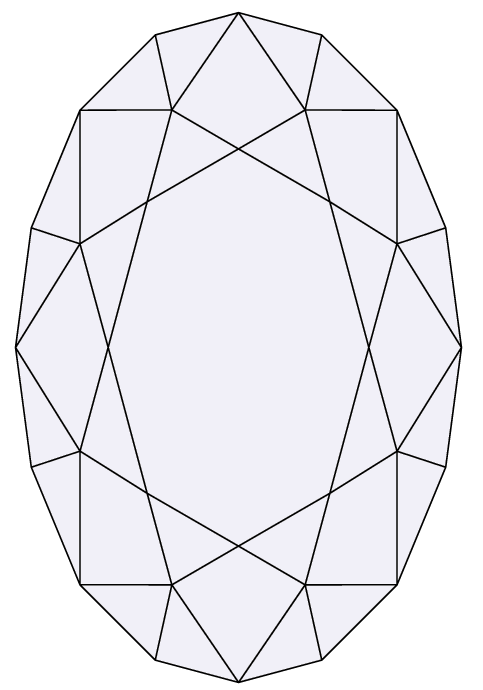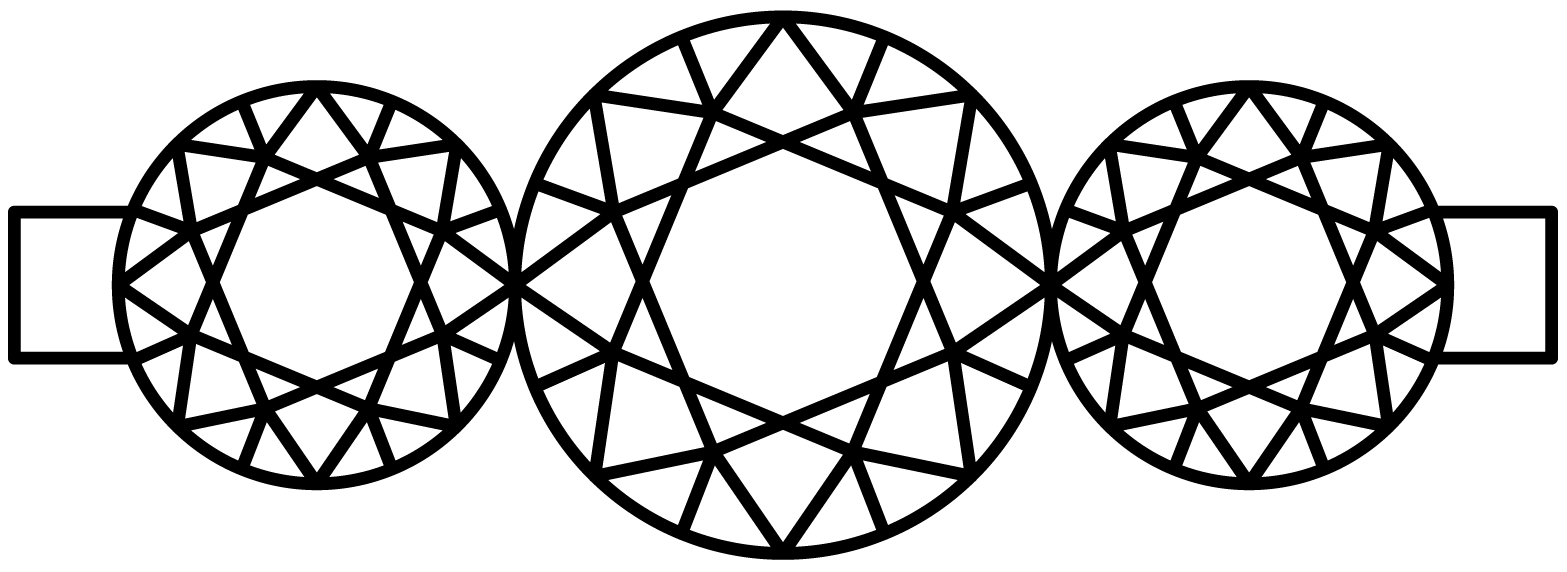A Sparkling History: The Evolution of Engagement Rings Through the Ages
The history of engagement rings is a fascinating one, spanning back thousands of years across many cultures and societies. From the earliest forms of betrothal gifts to the sparkling diamond rings of today, engagement rings have a rich history that reflects changing cultural norms, economic realities, and evolving tastes in jewelry. In this blog, we will explore the history of engagement rings, tracing their origins from ancient times to the present day.
The earliest known engagement rings date back to ancient Egypt, where couples exchanged rings made from reeds and other plant materials as a symbol of their commitment to each other. These rings were worn on the fourth finger of the left hand, which was believed to have a vein that ran directly to the heart. This tradition of wearing an engagement ring on the fourth finger of the left hand, known as the "ring finger," has persisted to this day in many cultures around the world.
In ancient Greece and Rome, engagement rings took on a more elaborate form, with precious metals and gemstones replacing the humble plant materials of earlier times. Rings featuring engraved images of clasped hands or two interlocking rings symbolized the union of two people in marriage, while rings set with gemstones were often given as a sign of wealth and social status.
During the Middle Ages, engagement rings fell out of favor in Europe due to religious and economic factors. The Catholic Church discouraged the exchange of rings between betrothed couples, as it was seen as a pagan practice that had no place in Christian marriages. Meanwhile, the high cost of precious metals and gemstones made it difficult for all but the wealthiest members of society to afford engagement rings.
However, engagement rings began to make a comeback during the Renaissance, as the growing merchant class sought to demonstrate their wealth and status through extravagant displays of jewelry. Rings set with diamonds and other precious stones became popular among the wealthy, and the tradition of giving a ring as a sign of betrothal was once again in vogue.
It wasn't until the late 19th century, however, that the modern engagement ring as we know it today began to emerge. In 1886, Tiffany & Co. introduced the "Tiffany setting," a revolutionary design that elevated the diamond above the band to maximize its brilliance and sparkle. This innovative setting, combined with a marketing campaign that positioned diamonds as the ultimate symbol of love and commitment, helped to establish the diamond engagement ring as a must-have for any couple looking to tie the knot.
During the early 20th century, diamond engagement rings became increasingly popular, with De Beers (the world's largest diamond mining company) positioning itself as the leader in the diamond market. Their "A Diamond is Forever" campaign, launched in 1947, helped to solidify the idea that a diamond engagement ring was an essential part of any marriage proposal. By the 1960s, diamond engagement rings had become the norm in Western cultures, with couples expected to spend two months' salary (as recommended by De Beers) on a diamond ring.
In recent years, there has been a growing trend towards alternative engagement rings that depart from the traditional diamond solitaire. Many couples are opting for colored gemstones, vintage rings, or non-traditional designs that reflect their unique tastes and personalities. Additionally, lab-grown diamonds and other ethical and sustainable alternatives to mined diamonds have become increasingly popular among environmentally-conscious consumers.
In conclusion, the history of engagement rings is a rich and varied one, reflecting changing cultural norms, economic realities, and evolving tastes in jewelry. From humble reed rings in ancient Egypt to the diamond solitaires of today, engagement rings have played an important role in human relationships for thousands of years.
Where are the trends going?
The tradition of giving an engagement ring is a centuries-old practice that has been handed down through generations. In recent years, however, the trend of engagement rings has started to shift away from traditional designs and styles. Modern couples are now opting for unique, custom-designed rings that reflect their personal style and taste.
Custom-designed engagement rings are becoming increasingly popular. Couples are now working with jewelry designers to create one-of-a-kind rings that are tailored to their preferences and personalities. This allows them to create something truly unique and special that reflects their individual style.
The trend of non-traditional metals is also on the rise. While yellow gold has been the traditional metal of choice for engagement rings, white gold, and platinum have become popular in recent years. These metals offer a modern and contemporary look that is appealing to many couples.
Finally, there is a trend toward more minimalist designs. Many couples are now opting for simple, understated engagement rings that focus on the beauty of the stone and the quality of the metal. These minimalist designs offer a timeless elegance that will never go out of style.
All in all, the trends in engagement rings are changing, and couples are now looking for more unique and personalized options. Non-traditional gemstones, vintage or antique rings, custom-designed rings, non-traditional metals, and minimalist designs are all on the rise. As couples continue to seek out more personalized and unique options, it will be interesting to see what new trends emerge in the world of engagement rings.


















